To set themselves apart from the pack, medical marketers must aim to provide the highly relevant and personalized online experience that modern patients now expect.
In light of the evolving path to treatment, digital marketing now plays central role when it comes to capturing the interest of prospective patients and getting them through the door of your medical practice.
Perhaps even more importantly, effectively reaching patients today requires targeting specific segments with highly relevant, customized messaging. Recent research confirms this point: 75% of consumers want personalized ad experiences and offers, and, unsurprisingly, this approach typically generates 10x as many clicks as more general campaigns, as Salesforce explains. According to University of Texas research, this can be attributed to the seemingly limitless, and ultimately stifling, number of options available online.
Personalized marketing says, “You! Patient with specific affliction! Here is the treatment that you need.” It provides patients with exactly the degree of relevancy that they’re seeking, thereby leading more of them to your waiting room. This principle extends beyond medical marketing — we see this everywhere, with companies like and Amazon using complex algorithms to suggest the best products for customers, according to Wired.
Delivering personal and highly relevant marketing strategies may seem daunting — but physicians don’t need high-tech know-how in order to launch an effective campaign. All they need to learn are the basics of data-driven marketing.
Simple, Flexible, and Targeted Branding
There are many personalized digital techniques available to physicians, but here’s a primer on some of the most important ones.
Create Patient Personas: it sounds simple — and it is. Create broad taxonomies of patient groups, and then dial into specifics: what are your primary demographics? What kinds of care do they need? What are their concerns? What keyword phrases would they likely search in Google? You can use Google’s autocomplete function to suss out popular phrases. These personas will form the basis of your personalized strategy.
Use Targeted Ads: With your personas in hand, it’s easy to set up targeted ad campaigns on search engines like Google — known as search engine marketing (SEM) — and on social media sites like Facebook. While this may seem daunting, it can be deceptively simple. For a Facebook pay-per-click (PPC) ad, for instance, just create some targeted ad copy (with keywords), add a picture, and include a link to your website.
Then, select the demographic persona details that you desire (age, sex, location, interests, etc.), and send. Start on a small scale, with many low-cost adds. Once you’ve determined which methods are most effective, ramp up your efforts in those areas.
Use Click-to-Call (CTC): CTC ads are just like other paid ads, but they include a button that enables mobile users to simply call you directly. There’s nothing as personalized as a simple phone call, and it offers patients the best of both worlds: digital and local. As it happens, the majority of Google searches now happen on mobile, according to Search Engine Land.
Track Your Leads: Setting up a tracking system or investing in a lead intelligence platform will be essential for determining which marketing channels are working best (and most cost-effectively) on an ongoing basis, providing feedback for continual content optimization. If ads aren’t getting the highest ROI possible, you’ll be able to identify the issue and address it immediately. This system will also help you to identify bottlenecks in your patient sales funnel.
Optimize Your Website: A confusing website is sure to quickly alienate patients — make sure you’re providing a seamless browsing experience with good website management. This tactic also allows you to comprehensively analyze visitor browsing behavior and respectfully solicit information with optimized form-filling (but ensure that you’re doing so in a secure way, as 96% of consumers are concerned about data privacy), according to Venture Beat.
If you find a personalized technique that works especially well, you can also create targeted landing pages with personalized calls-to-action (CTAs), which convert 42% more website visitors than the norm, as Hubspot explains. See our white paper for a full list of optimization tips.
In truth, there isn’t any one way to personalize physician marketing to patients. But by putting in continued legwork over time, in a trial by fire of sorts, you can create marketing content that truly speaks to the needs of our audience.
(Main image credit: startupstockphotos.com/Pexels)
















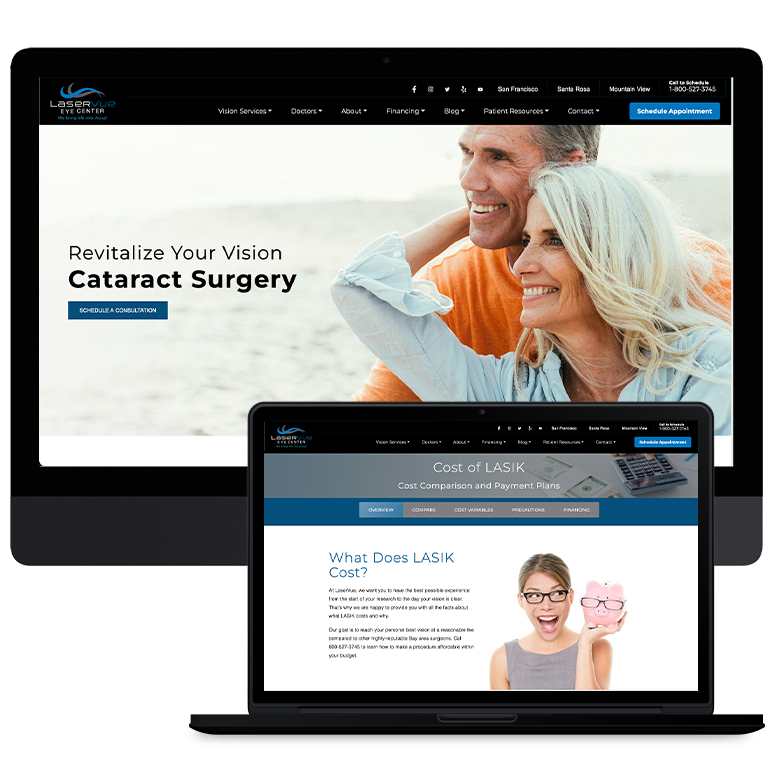
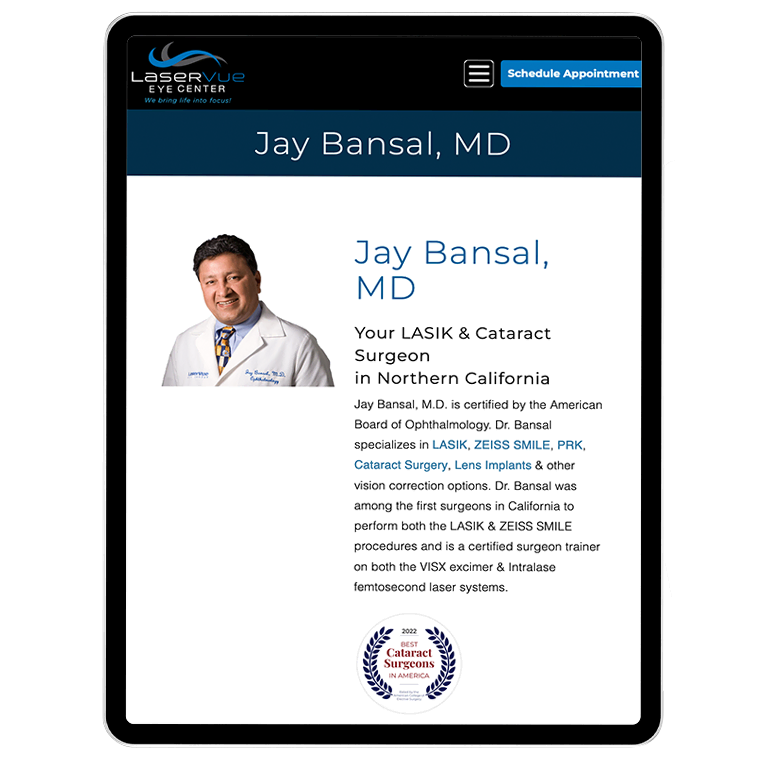


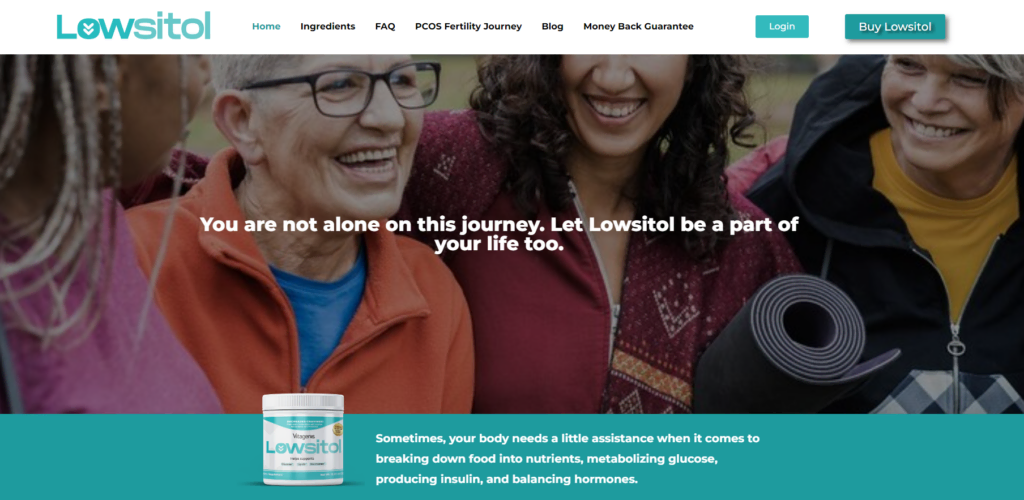


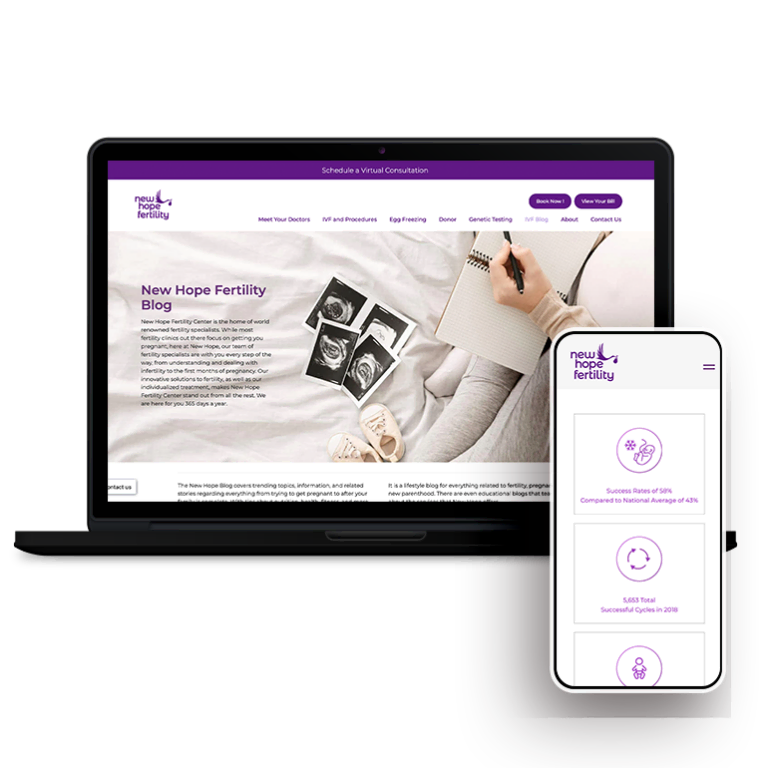
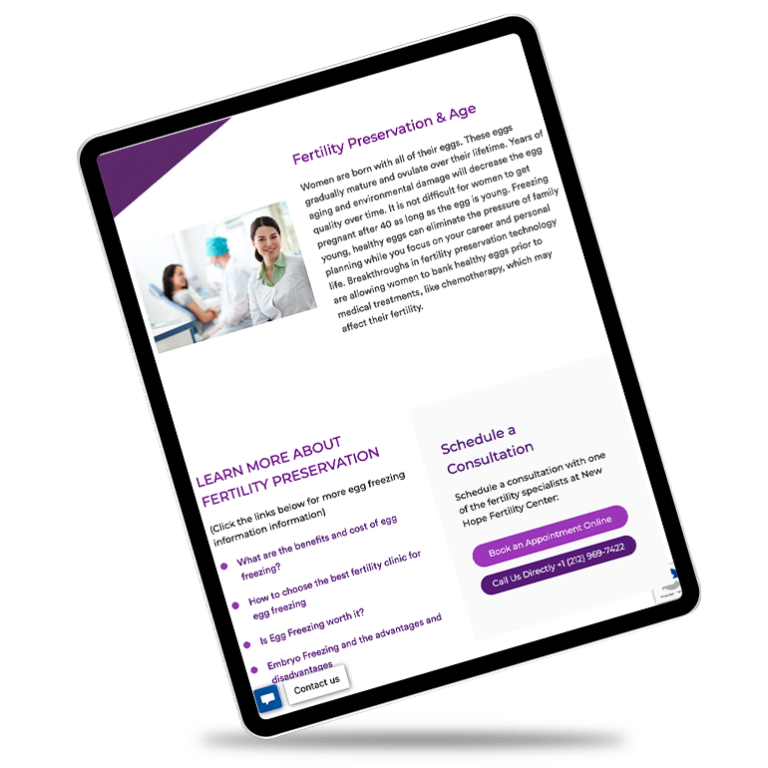

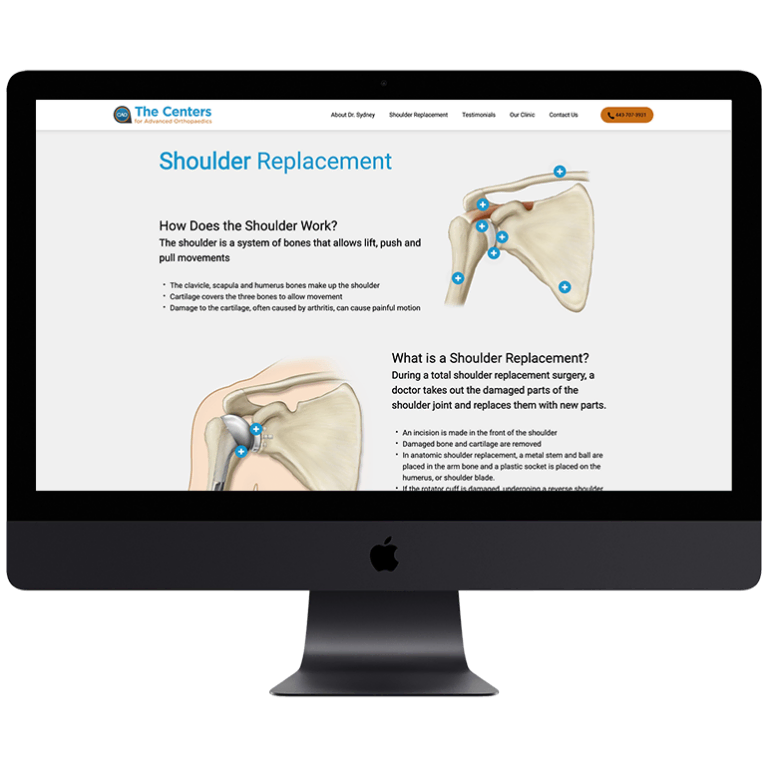



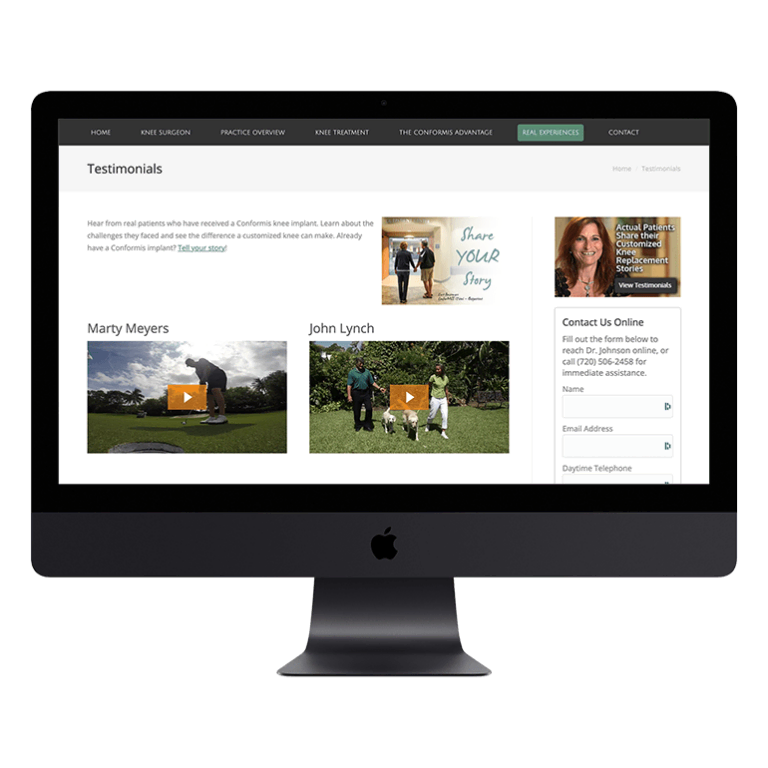
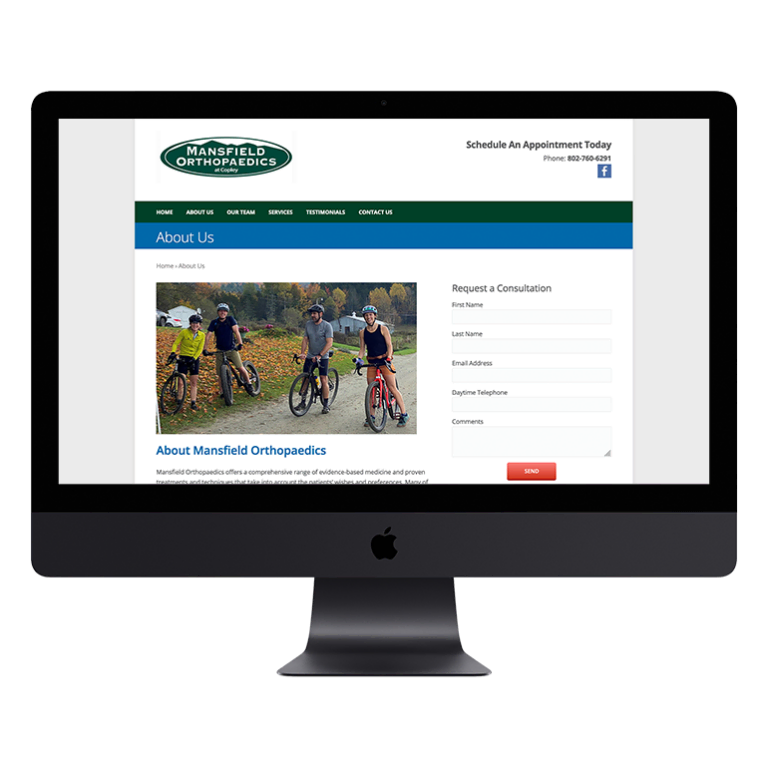
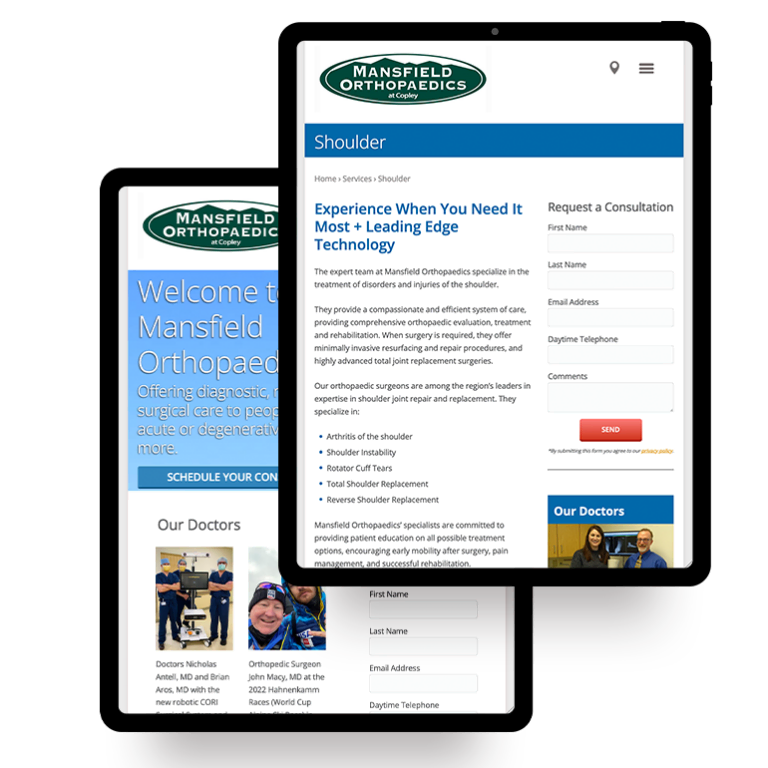

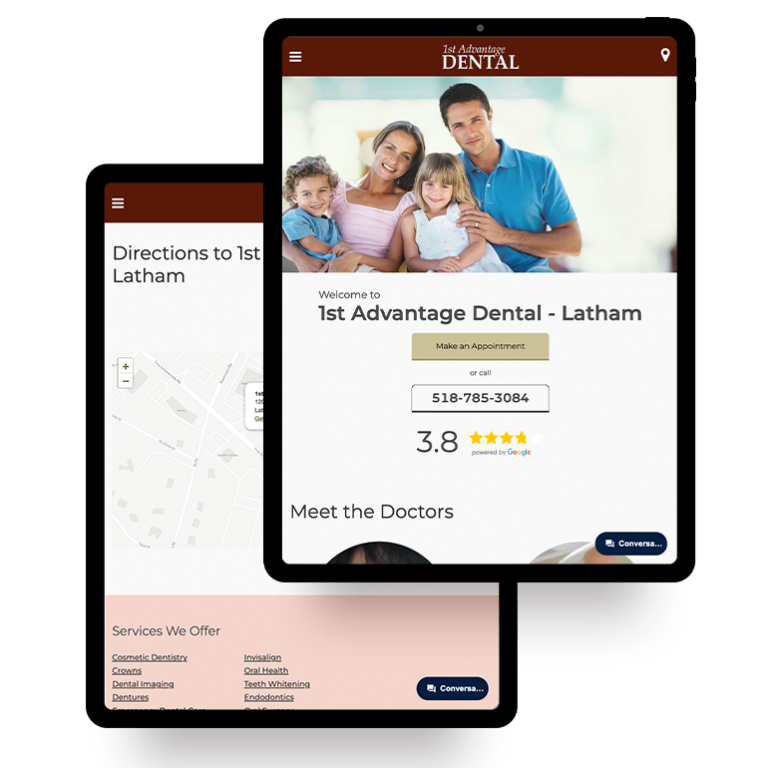

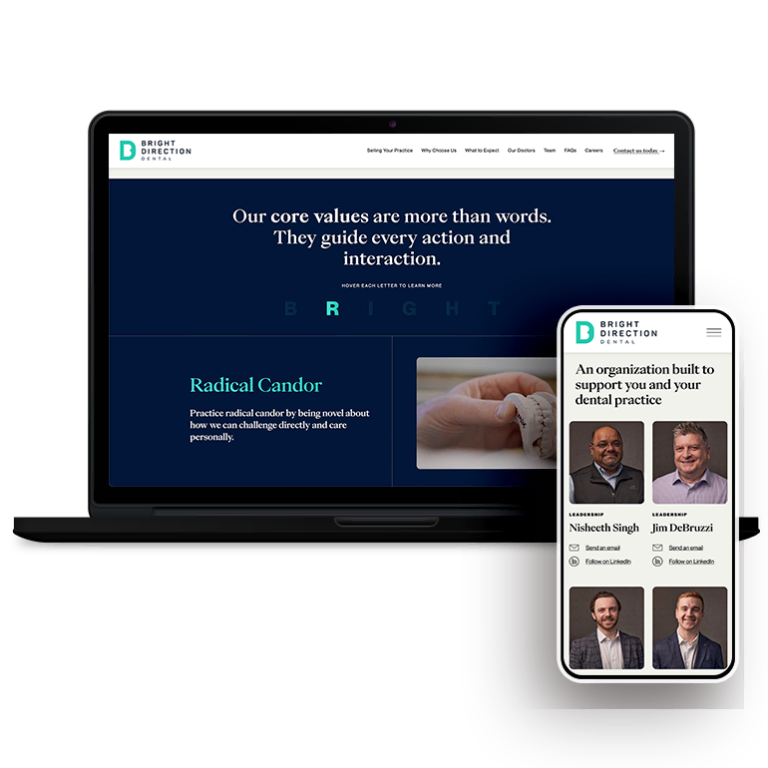
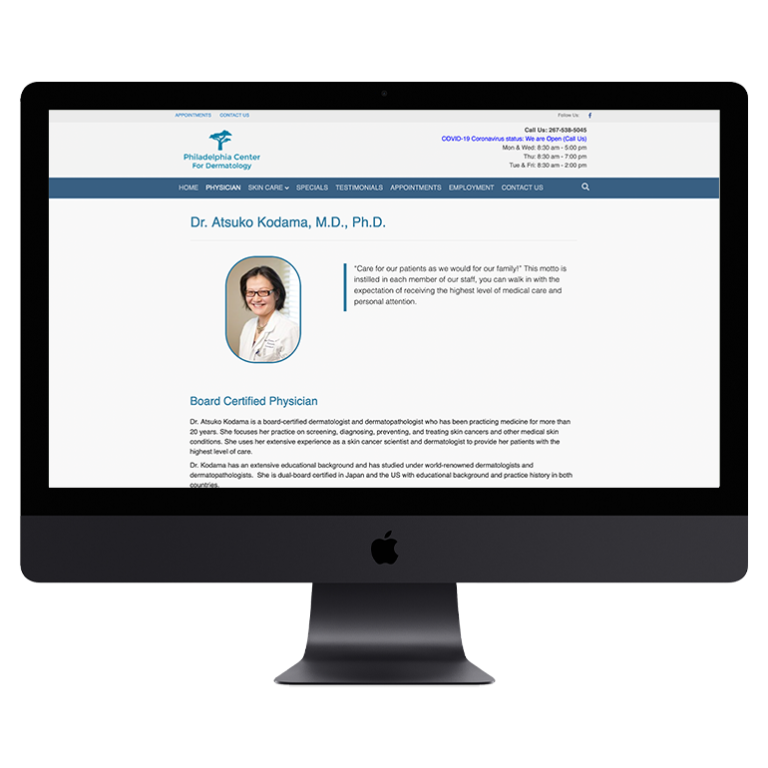
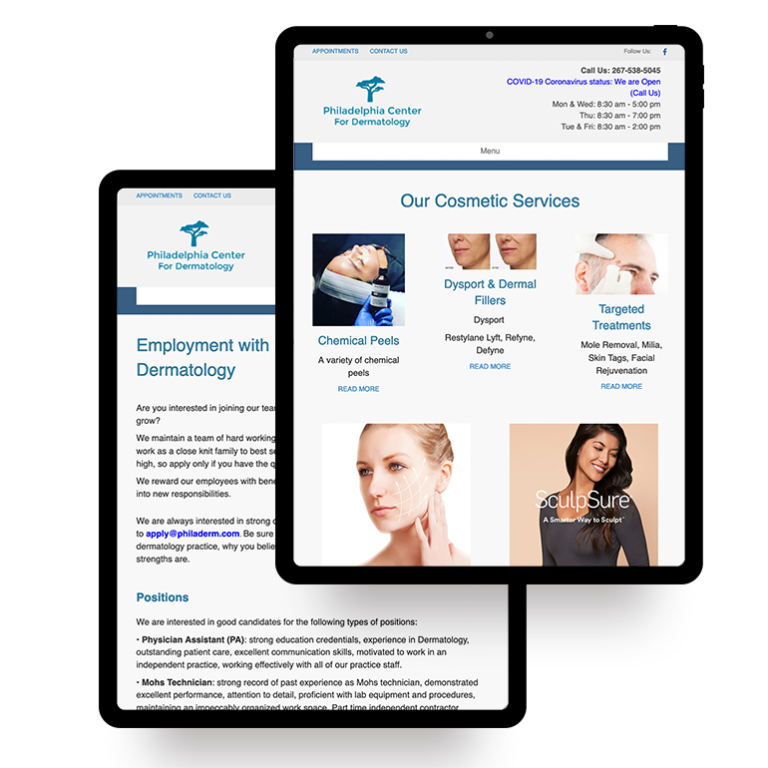




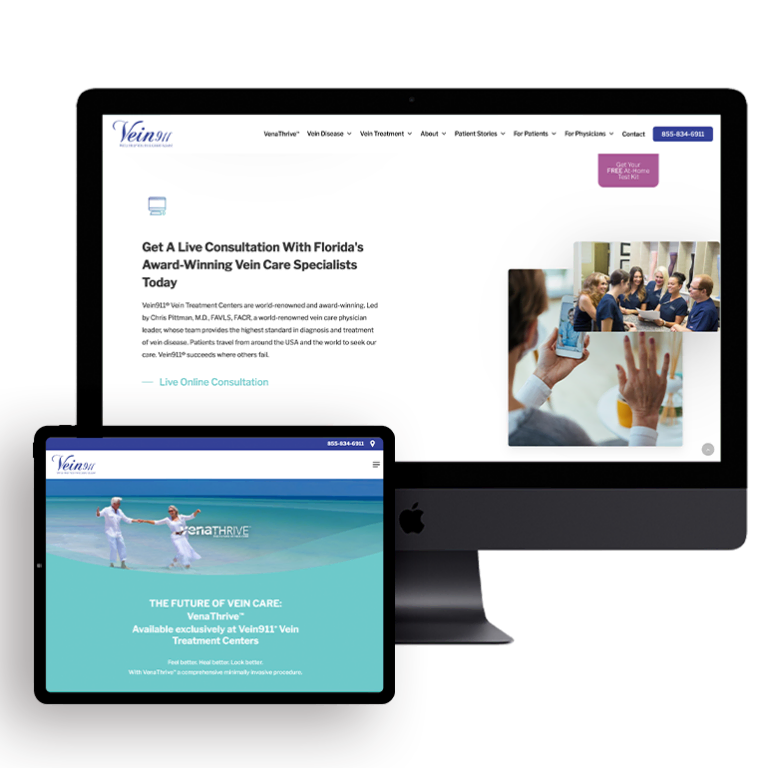
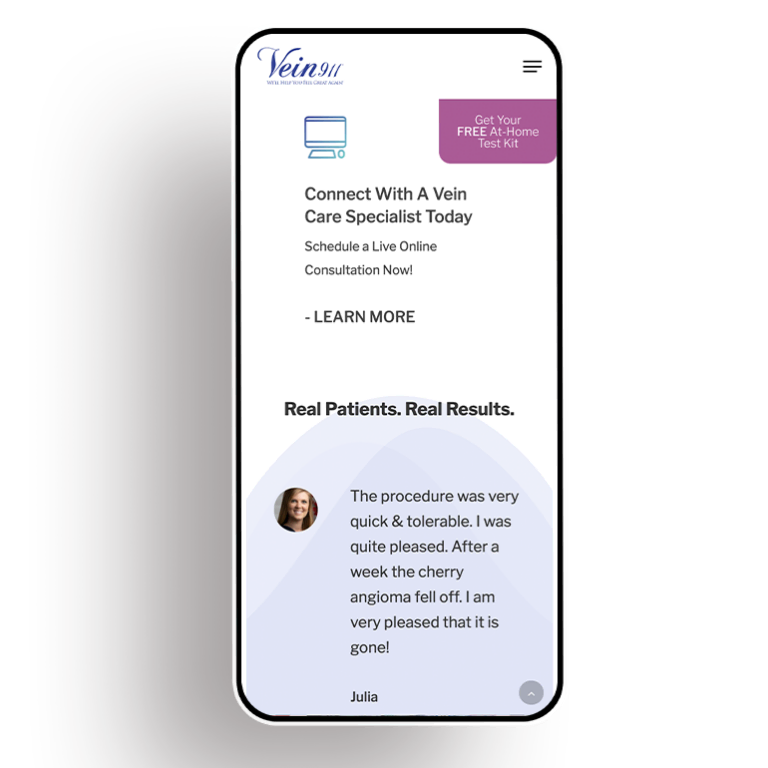


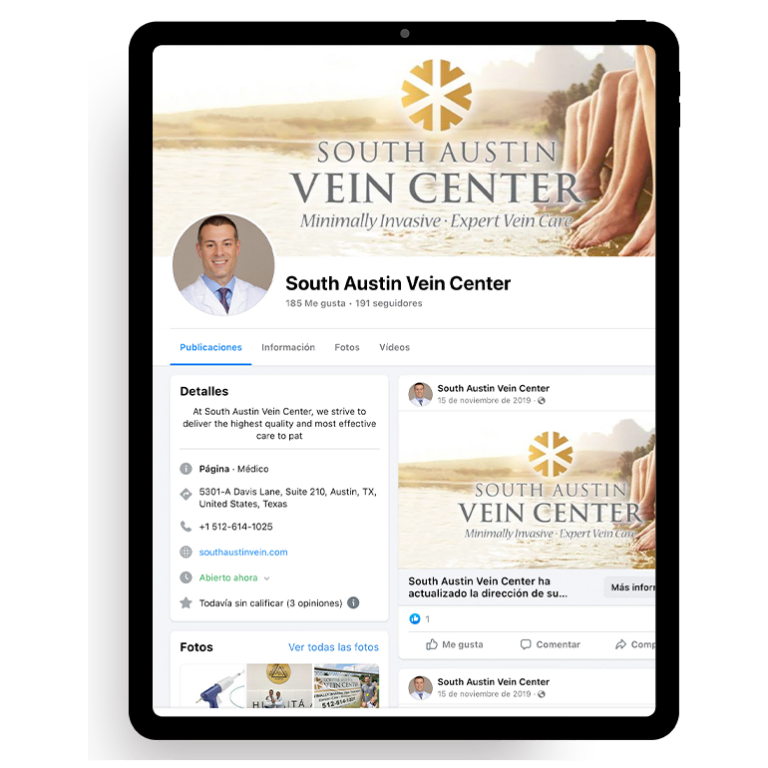



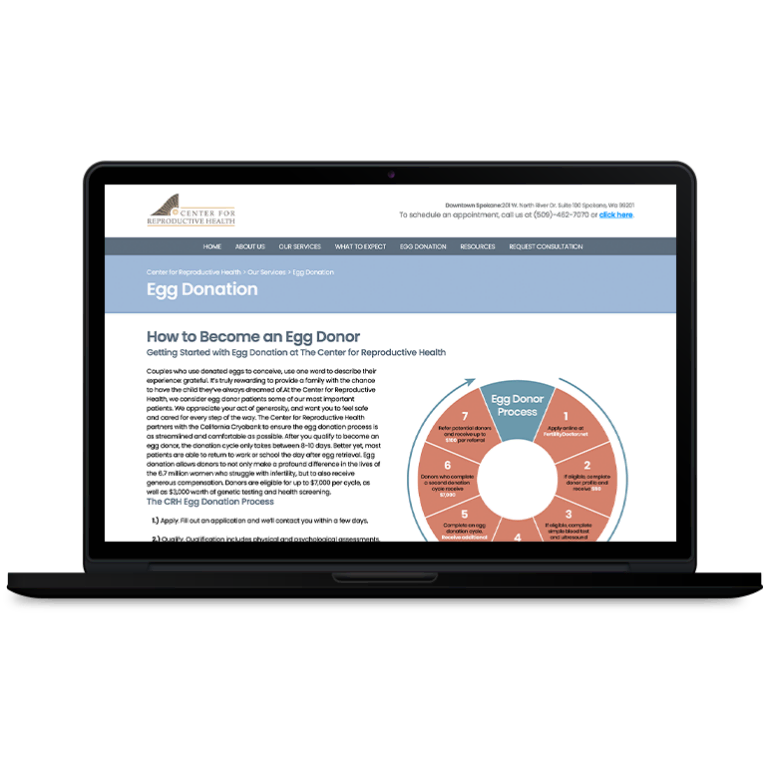
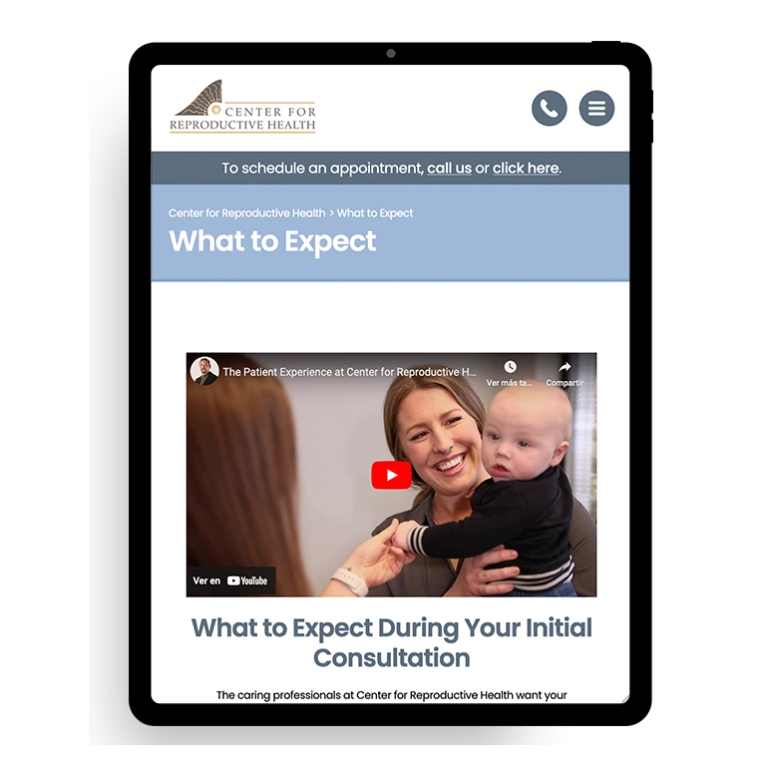
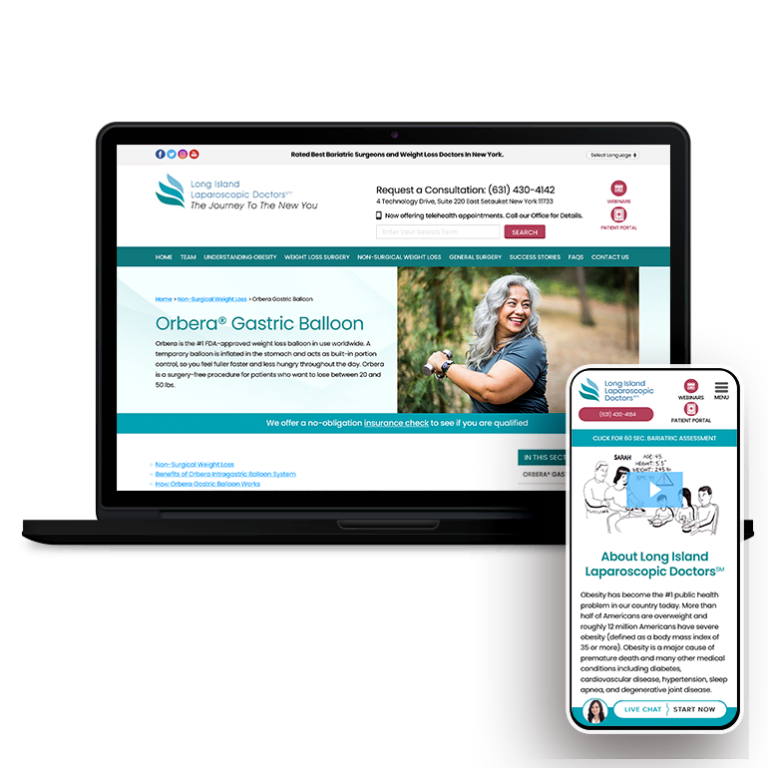
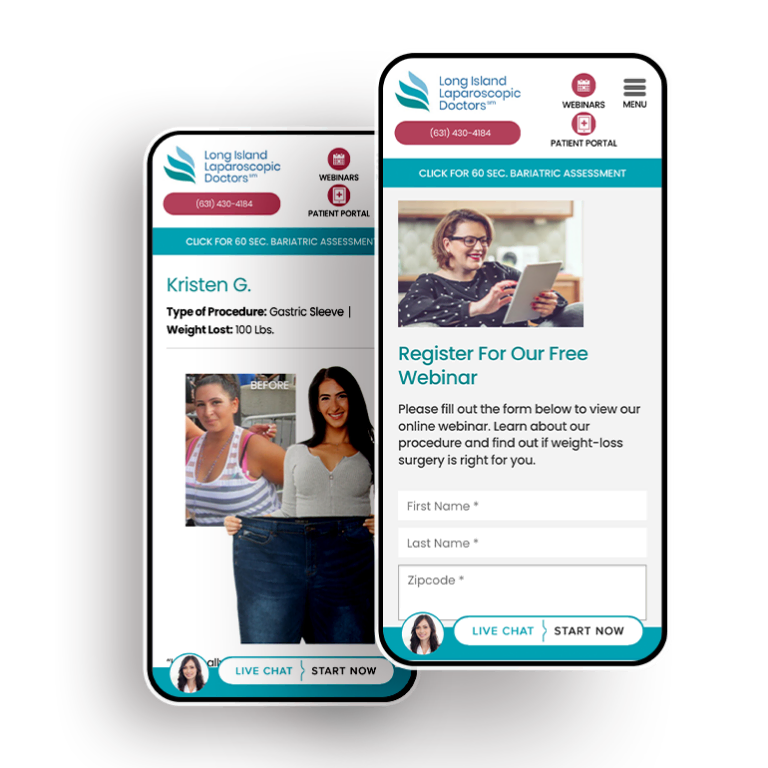
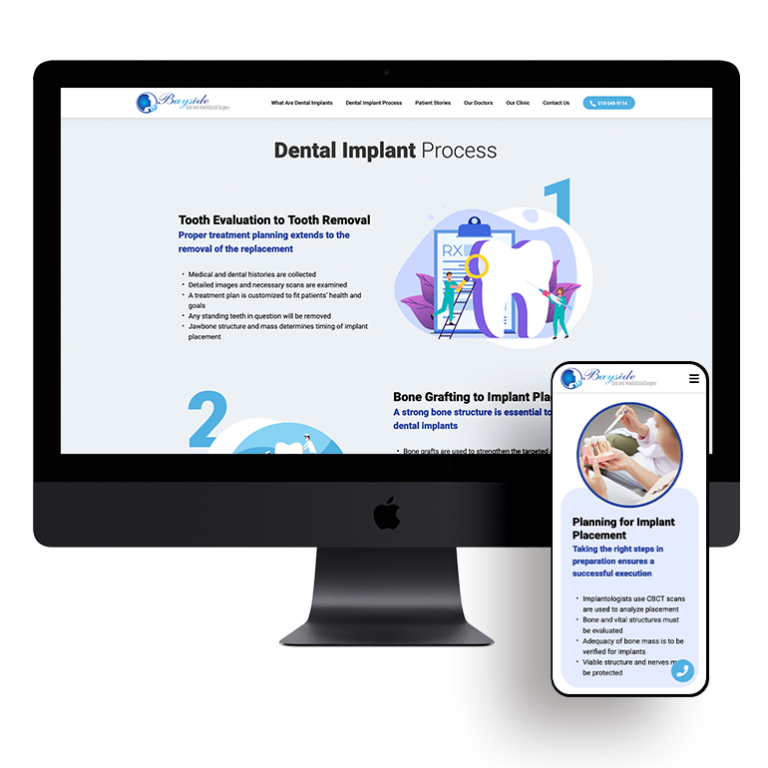




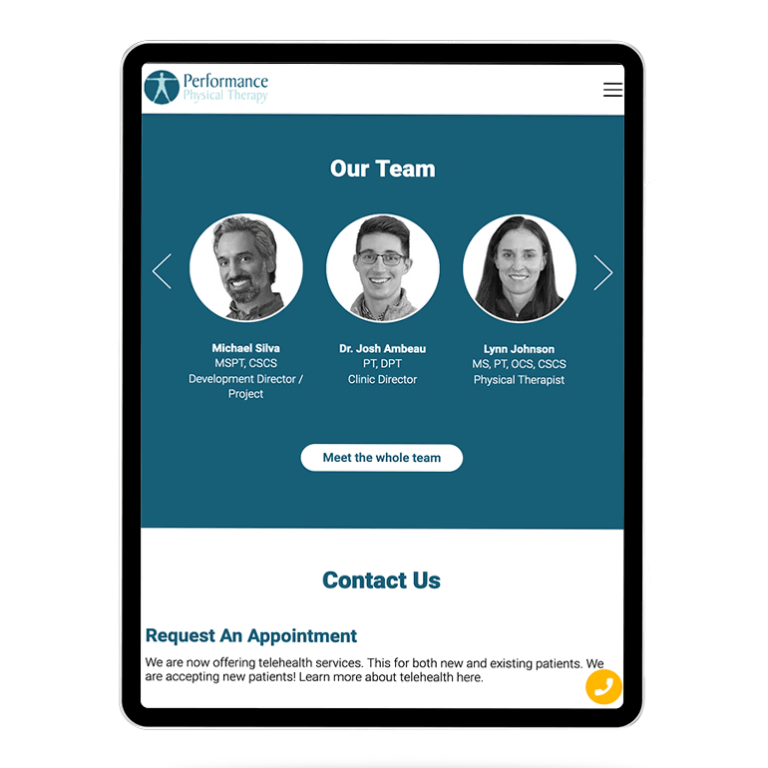


 Smart Design Creates New Patient Opportunities
Smart Design Creates New Patient Opportunities